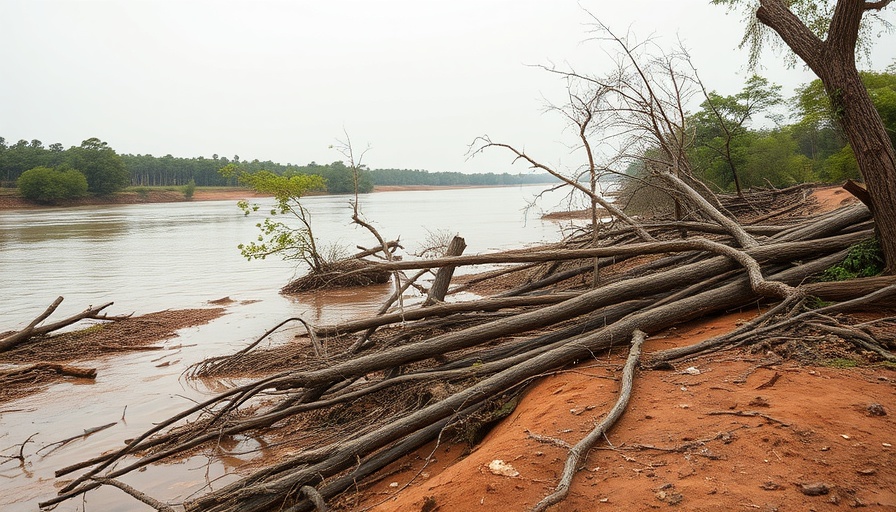
The Night That Changed Everything: A Timeline of Chaos
On July 4th, Central Texas was engulfed in tragedy when a sudden flash flood wreaked havoc on the Hill Country. Emergency responders found themselves thrust into chaos as they responded to calls for help from all directions. With the area shrouded in darkness and rising waters, initial communications were sporadic, leaving many first responders unaware of the full extent of the disaster.
This disaster claimed 136 lives, including young campers from Camp Mystic, highlighting a grim reality of modern emergency management: timely communication can be the difference between life and death. Using weather service warnings and survivor accounts, the timeline of the unfolding drama reveals urgent calls, missed notifications, and the desperate fight for survival that defines this tragedy.
Understanding the Impact of Communication Failures
The evening before the massacre, a National Weather Service forecaster reassured local emergency managers that conditions were relatively calm, only for that calm to shatter as two weather cells merged—transforming a manageable storm into a catastrophic flood. Many residents did not receive crucial notifications about the flood warnings due to spotty cell service, which added to the chaos and confusion. Lessons from this response reveal the critical nature of reliable communications technology in emergency situations.
Emotional Stories of Survival
Witness testimonies recount harrowing stories of survival amid rising waters. Jane Towler documented the flood encroaching on her home, saying, “I want us to be prepared to go up in the attic.” As the water surged, families clung to rooftops, illustrating the human experience amidst natural disasters. These raw accounts emphasize the emotional toll on families, especially those directly affected by tragic loss.
The Role of Insurance in Recovery
The aftermath of such natural disasters underscores the importance of having adequate property damage coverage. Victims often grapple with filing claims, navigating insurance disputes, or even managing late settlements while they face the daunting task of recovery. Many South Carolinians can draw parallels from these Texas flood claims processes and learn about challenges, such as delay-and-deny tactics employed by some insurers.
Particularly in flood situations, understanding the nuances of flood insurance policies and payout processes becomes crucial. With many facing denied claims post-disaster, it’s imperative for residents to be armed with knowledge on how to effectively handle insurance claims to mitigate their losses and begin rebuilding their lives.
Resilient Communities Emerge from Adversity
Despite the tragedy, Texas communities are resilient. Community members rallied together post-flood to assist those impacted, showcasing the strength of human connection during trying times. Organizations and volunteers made efforts to help families navigate their insurance claims, illustrating the need for community support systems in the aftermath of disasters.
Such coalitions not only provide immediate relief but also serve as a learning opportunity for the future, fostering knowledge-sharing on effective disaster preparedness and communication strategies.
Final Thoughts: Empowering Future Strategies
As technology evolves, so do the strategies needed to effectively manage emergency situations. Enhanced communication tools and community education can streamline interactions between residents and responders, thereby saving lives. Understanding how insurance claims work and establishing clear communication channels between authorities can create a safety net for residents facing floods and other disasters. South Carolinians lamenting damage from storms should heed these lessons. Ensure your insurance is up to date, understand your policy, and keep open lines of communication with both providers and local authorities.
 Add Row
Add Row  Add
Add 




Write A Comment